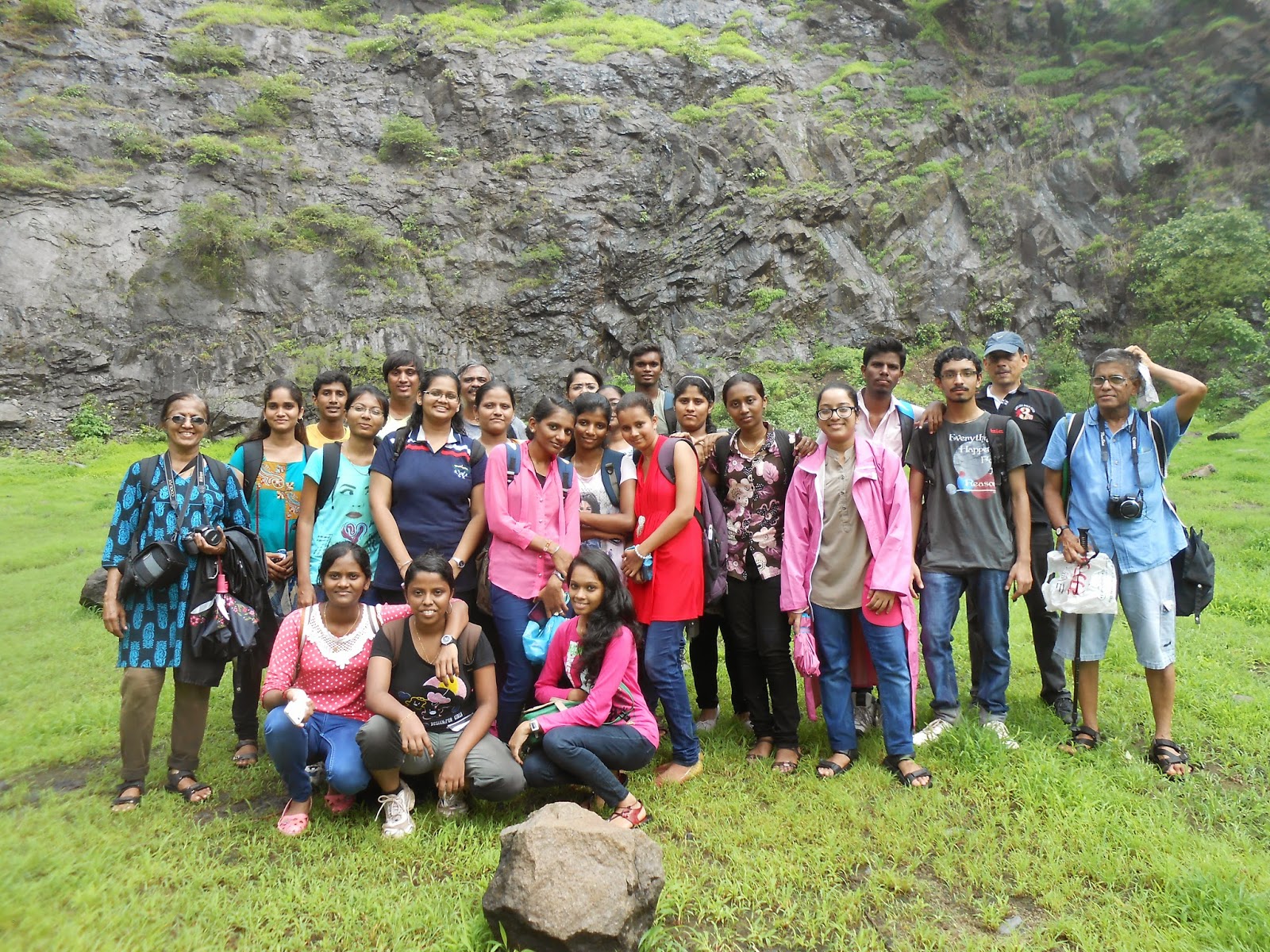A Teachers’ Training Workshop was
conducted by WWF-India Maharashtra State Office on 25th July, 2014 at
Maharashtra Nature Park Society (MNPS), Dharavi. 30 teachers from 20 different
Educational Institutes across Mumbai and Thane participated in this workshop.
The theme was “Eco and Ego.” The focus of the workshop was to sensitize
teachers and ultimately students. The theme was based on how human ‘Ego’ alters the natural
ecology and how we can think about sustainable development. This was well
explained during the session taken by Anjana Devsthali. Year 2014 is observed
as ‘International Year for Family Farming’. The details of the same were
explained by Dr. N.S.Tekale. A short nature trail around MNPS was helpful for
teachers to understand the biodiversity of the area. Wild Wisdom Quiz details were
shared by intern during the session. We are thankful to all teachers for
participating and our speakers for giving their valuable time and making the sessions
interesting and informative. We are also thankful to MNPS for providing us the
venue and other necessary support.
 | |||||
| Inaugural address by Mr.Avinash Kubal |
 |
| Wild Wisdom Quiz details explained by intern Kaushik Koli |
 |
| Eco Vs Ego by Anjana Devsthali |
 |
| Nature Trail |
 |
| Teachers' Planning Environment education in schools |
 |
| Sketch presentation for the plans |
 |
| Group of Teachers' during presentation |
 |
| Family Farming session by Dr.N.S. Tekale |
 | |||||
| Film screening |
















